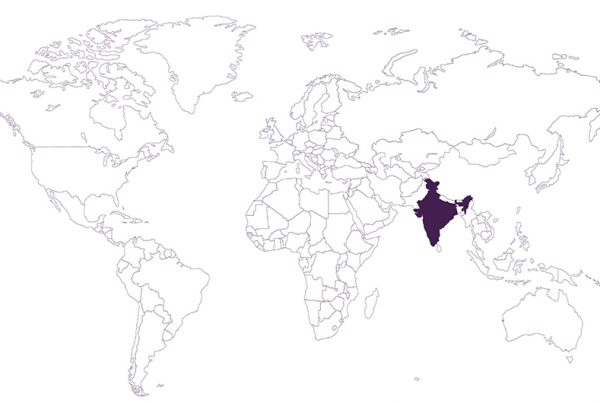
Yes, it’s good for the environment but what does it cost? That’s the question that would strike a business head, when he’s advised to transition to more sustainable ways of producing, packaging or distributing a product. Renewable energy, lower carbon emission, environmentally safe products, better ways to manage waste – all these things that are associated with sustainability require investment. But it’s just not an expenditure anymore. As many consumer goods companies have already done, sustainability can be used to cut costs in the long term.
According to Bain & Company, consumer goods firms are realizing that small changes like reducing the thickness of carton covering, substituting polystyrene with PET and reducing the size of secondary packaging can reduce material cost, improve recyclability while cutting down expenditure and lower greenhouse emissions. Getting rid of one gram of PVC in a product results in a 3.4 gram reduction in fossil fuels in addition to large savings.
The time to implement these changes needn’t be long. Some firms have implemented these changes in as little as six months. By minimizing redundant or conflicting standards in packaging, some firms have saved as much as 11% with harmonization. Another way to make packaging more sustainable and cost effective is to use 3D printing which allows more flexibility for changing marketing messages on products and allows you take your scrapping costs to zero.
The Design-2-X (D2X) approach is one where firms work towards X, a value or feature that the consumer desires by altering the design of the product. This approach, counter to common belief can simultaneously reduce costs and improve sustainability. And there are other benefits, like added consumer demand, that we’re not even accounting for in the cost reduction, which is solely based on material costs that are reduced. According to the NYU Stern Center for Sustainable Business, products that are seen to be “sustainable” sold 5.6 faster than other products between 2013-2018. While it is true that in India consumer awareness is lower when compared to the US, that has begun to change.
The three Rs of sustainability – reduce, reuse and recycle are straightforward. For consumer goods companies, reduce would mean cutting down anything that is unnecessary. One way to implement this is to focus on best-selling SKUs and reduce the total number of SKUs that are produced and distributed. For successful implementation, it is key that operations, marketing and product teams collaborate to come up with these solutions, instead of one part of the company taking decisions unilaterally.
As an extension of the above, any success achieved in sustainability should drive communication that should inspire consumers and customers. The message needs to be embedded in the company’s culture, not just in its marketing, so that continuous progress is made and all involved keep seeing its benefits. The results are clear – within Danone, the brands that are connected with the motto “One Planet, One Health” are growing three times faster than the other brands. At Unilever, its sustainable brands are growing 69% faster than the other brands. The list of large successful multinational firms taking on sustainable methods is long – Nike is focused on minimizing waste, while Adidas is creating a greener supply chain. Walmart, IKEA and H&M are increasing collaboration across their respective supply chains to optimize material usage and increase resource productivity. Pepsi and Coca-Cola have both set goals around water replenishment. And car manufacturers like BMW and Toyota are focused on energy efficiency and reducing pollution.
As per the HSBC Navigator Indian businesses believe that the most important UN Sustainable Development Goals (SDG) are health and well-being (38%) followed by quality education (33%). And for most businesses the motivation to move to sustainable practices is primarily to improve transparency (30%) and meet regulatory guidelines (28%). Thus, a majority of Indian businesses don’t see sustainability as a factor that can improve their bottom lines and be beneficial for marketing.
However, more Indian businesses are now feeling compelled to become sustainable due to competition, impetus from the government, investors and consumers. Going forward, in order to make manufacturing more sustainable, 44% of Indian firms plan to invest in technology, innovation and infrastructure. Firms believe that these efforts would crystallize faster with a management buy-in, funding, internal training and hiring of external experts.
Covid-19 has accelerated the adoption of sustainable practices and even the financial markets have shown that firms driven by sustainability outperform others. These firms are more resilient to shocks, nimble and more likely to retain customers and the best employees. Here are a few ways that you can adopt sustainable methods:
Eco-efficiency: Limit use of natural raw materials and fuels. Reduce waste and utilize by-products from other industries
Value-add: With sustainability approach, you can sell more complex products with exclusive technology and licences which improves customer retention and satisfaction
New Opportunities: Large firms like Google and Amazon, now ask potential partners and suppliers how green and sustainable they are. Thus adopting these practices can open up opportunities with specific firms and in additional markets that are sensitive to environmental concerns









